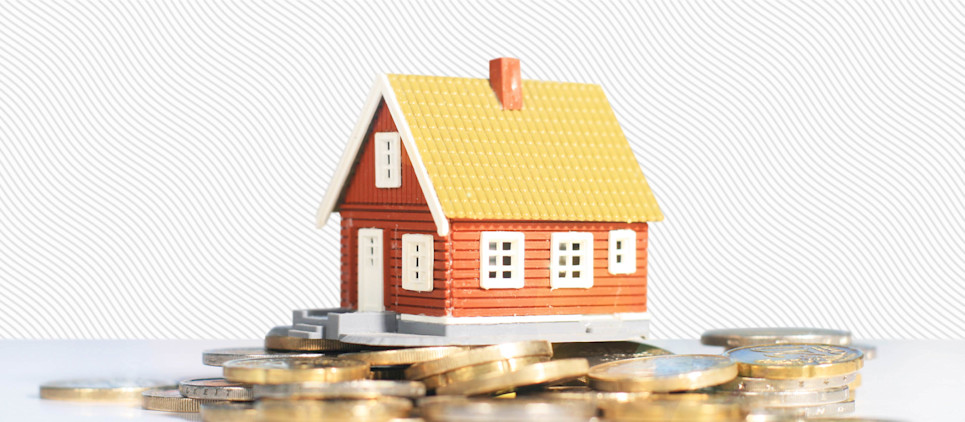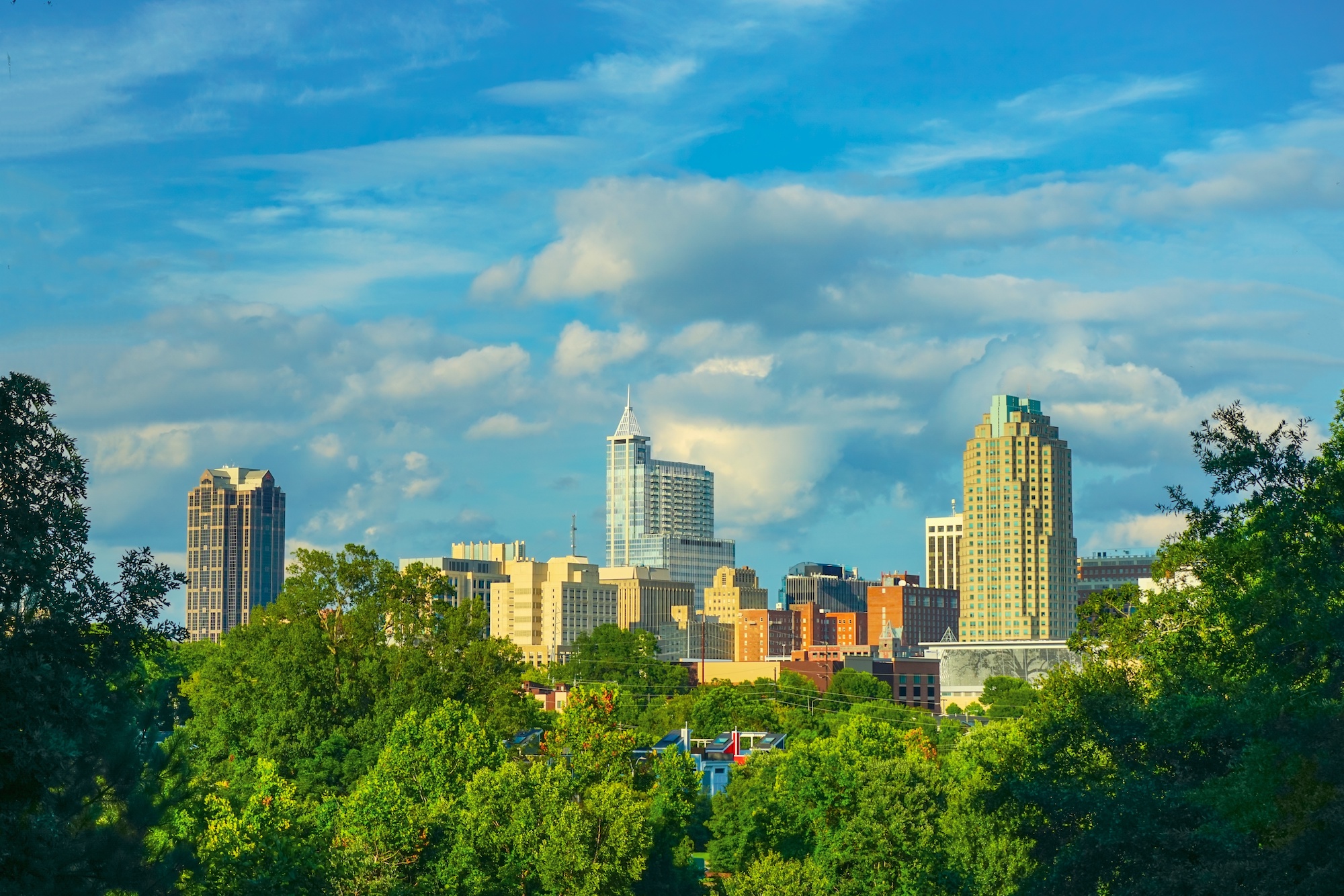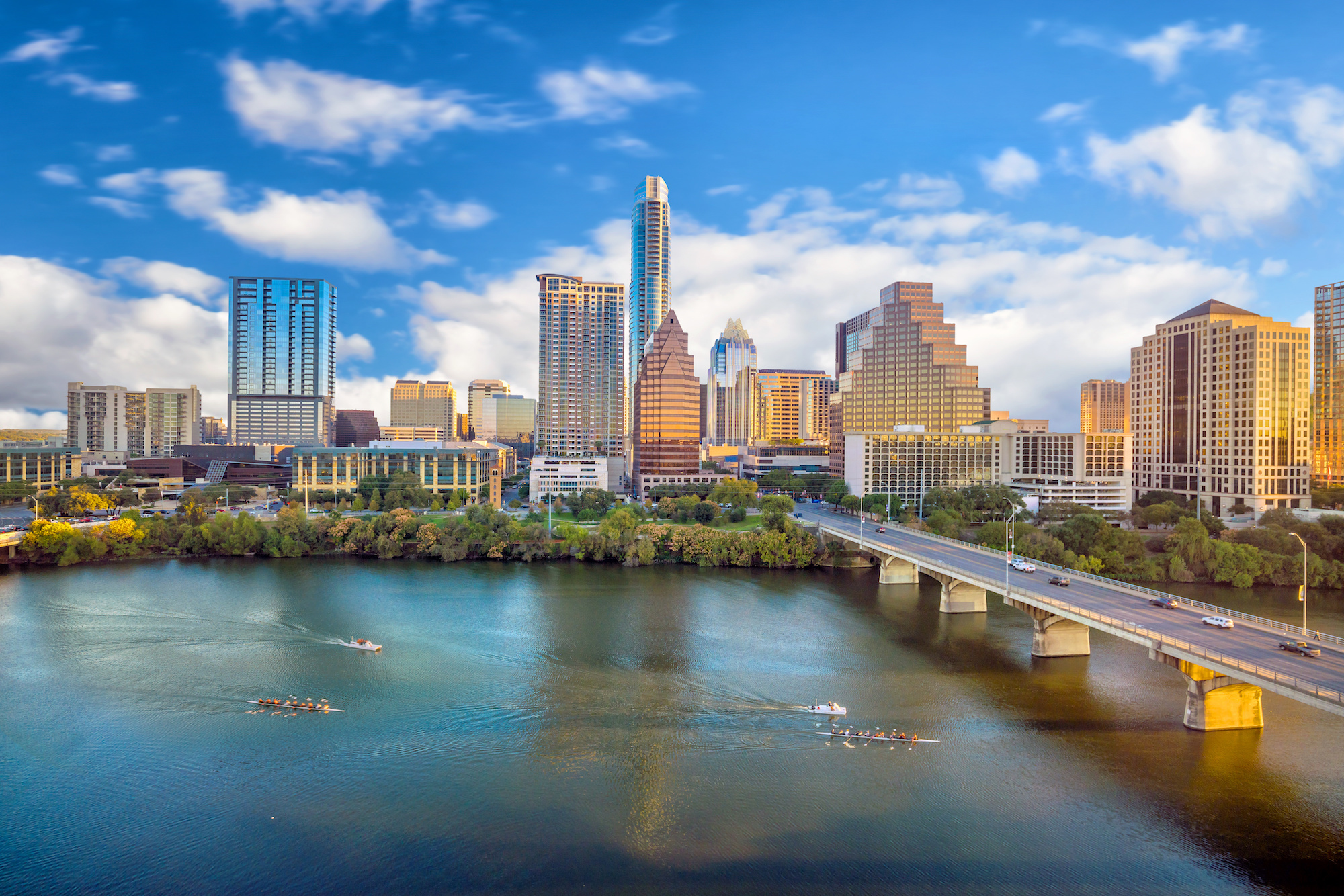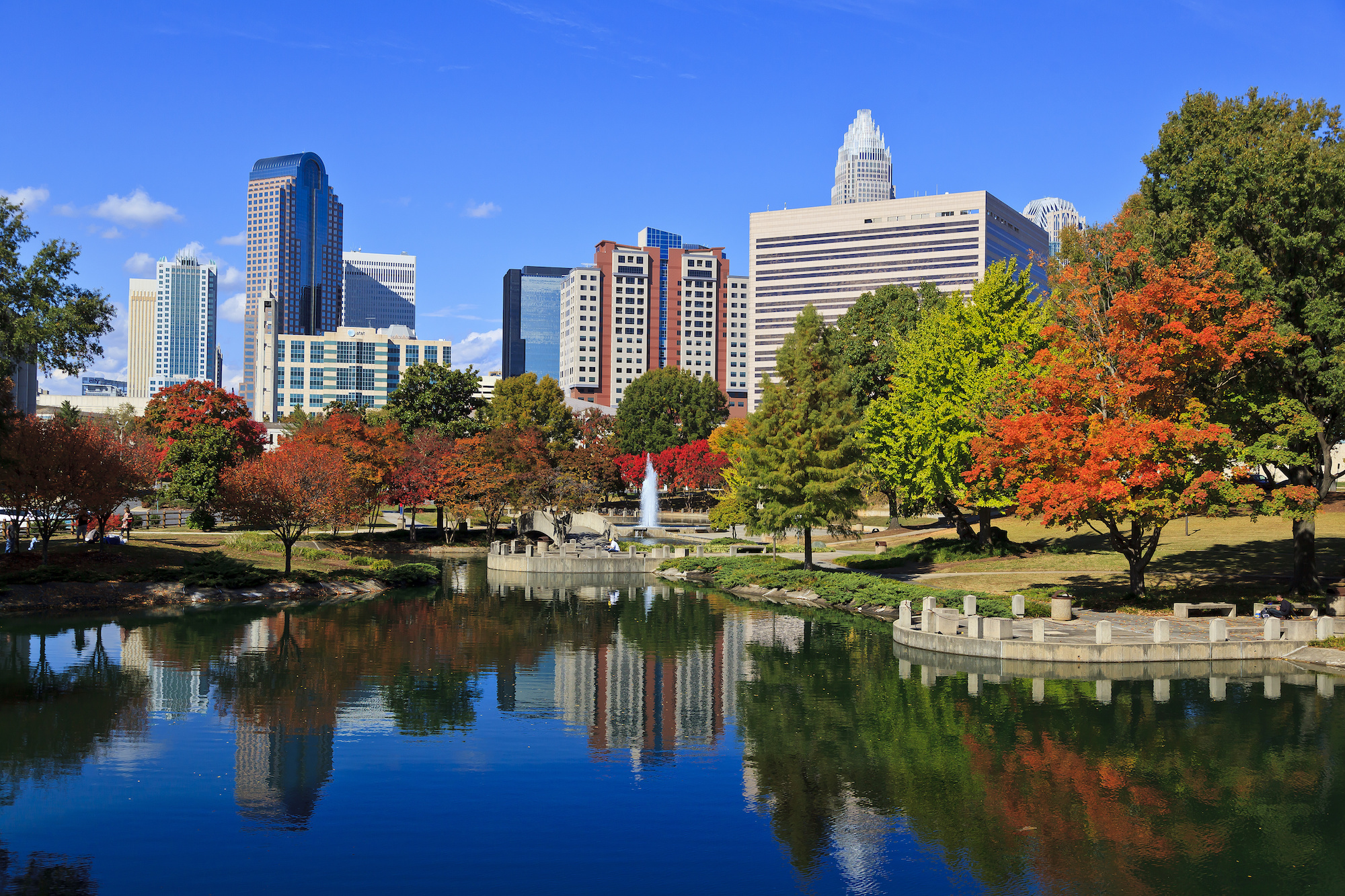5 Best places to invest in real estate in 2021
As the COVID-19 pandemic unfolded, leaving many in dire financial straits, the real estate market boomed, making homeowners and real estate investors the beneficiaries in strained economic conditions. In fact, homeowners with mortgages saw their equity increase by a collective $1 trillion in the United States between September 2019 and September 2021, according to CoreLogic.
The S&P CoreLogic Case-Shiller National Home Price NSA Index, which tracks price changes of single-family homes, showed that as of November 2020, housing prices had risen 9.5% from the previous year. At the end of 2020, the average home was worth $245,000. According to the National Association of Realtors, that number had increased to $295,300 by June of 2021.
The pandemic affected both the supply and demand for housing. Mortgage rates plummeted, decreasing the cost of borrowing money to buy a house, and increasing demand. An improved economy and a generation of millennials who entered their homebuying years and were able to work from home further increased that demand.
Through it all, the Federal Reserve has continued to support the housing market by buying $40 billion in mortgage-backed securities every month. The supply of available homes decreased as many buyers—who were now more mobile than ever—snapped up homes in less crowded, suburban areas. Meanwhile, people who would otherwise have listed their homes held onto them or took them off the market.
Renters have migrated to the suburbs looking for less densely populated multifamily communities. And so have businesses. Major employers expanded to states like Texas from higher-priced states like California (notably Tesla, Apple, and Samsung). Moves across the country have created some market booms for cities like Raleigh-Durham, Austin, Boise, and Phoenix, where there are good business climates, job growth, educated workforces, and affordability as people relocate from populated city centers like San Francisco, Los Angeles, and New York City.
All this has translated into some markets in which buying single-family housing, multi-unit housing, or single-family housing that’s suitable for roommates is a solid investment. As long as the inventory of homes for sale is low, the rental market demand will continue to increase, making investment properties attractive. According to the Census Bureau, in the third quarter of 2020, single-family rentals had an average 95.3% occupancy rating. But as always, real estate is a local investment, so if you’re jumping into the real estate investment market, you’ll need to thoroughly research the best places to invest now.
When you’re evaluating a real estate market for potential investment, you should develop a set of criteria for acquiring rental properties. Here are 5 things to consider.
Job growth: As some cities have benefited from the moves of large corporations—and others have encouraged the moves with tax incentives and other breaks—the job prospects in some cities have grown. A recent study by WalletHub determined the best cities for jobs for 2021 by evaluating some key metrics, including employment growth and unemployment rates.
Population growth and rental occupancy rates: Naturally, strong population growth—particularly into areas where rental occupancy rates are already high—increases your likelihood of renting out faster and for better rates. You can find vacancy and occupancy rates on sites like Zillow Research. Remember, vacancy rates can vary from neighborhood to neighborhood, so drill as far as you can into the local area’s number.
Affordability and cost of living: Gauging a city’s affordability involves a number of metrics, including median home prices, median rent, state and local income tax rates, and the cost of living index, a metric that determines your local buying power relative to the national average in purchase price, rent, utilities, food, and transit.
Potential appreciation: As you consider a real estate investment in any market, you’ll want to estimate the property’s potential to generate rental income, which you can do by comparing the rental histories of similar nearby properties. It’s also useful to consider the potential future value of the real estate; for instance, if a property isn’t clearing a lot on rent but its value is appreciating, it might still be a good buy.
Potential income: You’ll want to estimate your potential income from a property purchase to assess whether it’s a good investment. You can make that calculation by taking the revenue minus expenses (income) and dividing that by the cap rate—or the annual rate of return an investment property is expected to generate. A good cap rate is generally considered to be 10%.
Remember that the best move is to think holistically about a market. Are there cultural or sports attractions, walkability, or lots of urban parks that would make a city even more desirable? What kinds of infrastructure investments are being made in the location, and what are the city or community plans?
Every year the Urban Land Institute and global consulting and tax firm PwC look at the top housing markets for the coming year in their Emerging Trends in Real Estate report, which considers not only important factors like economic and financial issues but also sociopolitical issues, and real estate and development—as well as real estate industry disruptors.

Table of contents
5 Top Cities for Real Estate Investment in 2021 1. Raleigh/Durham, North Carolina2. Austin, Texas3. Las Vegas, Nevada4. Dallas, Texas5. Charlotte, North Carolina5 Top Cities for Real Estate Investment in 2021

1. Raleigh/Durham, North Carolina
The Raleigh/Durham area is one of the best places to invest in rental real estate in the coming year, due in part to the high-tech jobs in the area’s Research Triangle. While approximately one-third of Americans rent their homes, the rate in Raleigh is 43% and in Durham, 52%—partly because of the large student population, but also because of the young demographic that moves here for work. Other reasons to invest in Raleigh/Durham:
The median home prices in Raleigh and Durham, respectively, are $340,303 and $304,217, and have steadily increased over the last year.
Jobs in the Research Triangle are plentiful; in fact, Raleigh is second only to Austin in technology job opportunities.
Single-family detached homes are the most common housing type.
Raleigh and Durham have lower unemployment rates than the national average and annual average income above the national average.
The average rent for an apartment in Raleigh is $1,287, a 3% increase from a year ago.
Between 2017 and 2018, the population of Raleigh grew by 1.19%, and its median household income grew from $64,660 to $65,695, a 1.6% increase.

2. Austin, Texas
Low inventory, high demand, rising prices, a soaring jobs market: all this equals a recipe for a housing market boom in Austin. The city has offered tax breaks to companies moving here, and Tesla, Samsung, and Apple have taken the city up on those offers, either fully relocating (Tesla) or setting up large offices (Apple). Relocations to Austin in 2021 are 45% of what they were in 2020, and Texas continues to draw new residents.
Austin’s unemployment rate is around 4.2%, much lower than the national average.
The cost of living in Austin is far lower than that of San Francisco.
Rents are steadily rising, though the median rent per month is an affordable $1,431.
The Austin real estate market is a good long-term bet: since 2012, its home values have appreciated by nearly 90% percent.
The Zillow Home Forecast shows that Austin-Round Rock metropolitan area home values have increased 30.5% over the last year and are forecast to rise 37.1% by May 2022.

3. Las Vegas, Nevada
The Las Vegas market has been volatile, experiencing perhaps one of the greatest busts in the nation during the Great Recession. But its recovery has been meteoric, based on a number of factors, such as low cost of living, no state taxes, and a diversifying business environment. Plus, it’s an easy move for Californians who can work remotely.
Las Vegas is experiencing an unprecedented population growth. According to the most recent census, its population has increased 14.53% since 2010. Its metro area population is over 2 million.
The city, long driven by tourism and hospitality, has diversified into health, high-tech, and commercial real estate industries.
There’s no state tax for individuals or corporations, and few other forms of business-related taxes than in other cities.
The average rent for an apartment in Las Vegas is $1,196, a 9% increase from a year earlier.
Las Vegas is one of the hottest sellers’ markets in the US right now.

4. Dallas, Texas
One of the economic strengths of Dallas is its diverse economy, with a job for people of every income level. It has one of the lowest homeownership rates in the country, with renting being more affordable than buying, and demand for rental units has increased precipitously in recent years.
The population in Dallas is growing; in fact, Frisco, just 20 minutes north,ranks No. 6 among the nation’s fastest-growing cities in a WalletHub study.
52.9% of the city rents their apartments or homes compared with 33% nationally.
According to Realtor.com, the Dallas-Fort Worth metro area could see combined sales and price growth of 15.7% in 2021.
The average rent for an apartment in Dallas is $1,276, a 2% increase over the year before.
The median home price in Dallas is $259,621, rising 12.3% over the past year but still below the national average.

5. Charlotte, North Carolina
Charlotte has had huge population growth and job expansion in the financial and tech industries. And its 25 colleges and universities fuel a young workforce. Its low property taxes make it an easier place to buy than in rival tech hubs.
The median home price is an affordable $302,570, despite a rise of 16.4% over the last year.
The average rent for an apartment has risen 6% to $1,259.
According to U.S. News & World Report, Charlotte is one of the best places to live.
It has a mix of owners and renters, with a strong 47.93% of the population renting.
The second most powerful banking center in the US after New York City, its financial prowess prompts tech investment.
Jobs in Charlotte are increasing, with a 2.3% increase in jobs between 2018 and 2019. Its job growth over the next 10 years is predicted to be 45.2%, higher than the national average of 33.5%.
Bungalow is the best way to invest and manage your real estate portfolio. We work with you to identify, purchase, fill, and manage residential properties—so that you can enjoy up to 20% more in rental income with a lot less stress. Learn more about Bungalow.
Ready to find your next home?
Move-in ready homes and a built-in community so you can feel at home, together — wherever you are.
Suggested articles



